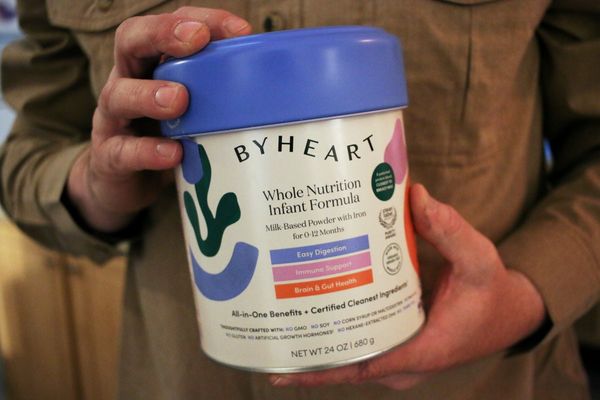
The risk of drowning on the Australia Day public holiday is four times higher than on any other day of the year, sparking a warning to only swim at patrolled beaches.
At least 51 people have drowned this summer and more than half the drownings happened at coastal areas without lifeguards, according to the Surf Life Saving Australia chief executive Adam Weir.
"We have lost 28 people along our coastline this summer alone, with all drowning deaths occurring outside the red and yellow flags, either at unpatrolled locations or outside of patrol hours," Mr Weir said.
He believed there were a range of factors that could explain why Australia Day is so dangerous, including increased alcohol consumption and crowded beaches which may encourage people to seek out unfamiliar locations.
Rip currents are the biggest concern and are believed to have contributed to at least half of the drowning deaths over the holiday period.
There are about 600 patrolled beaches across the country and Mr Weir urged swimmers to make safety a priority on the public holiday.
"Our simple message is to find a patrolled beach and swim between the red and yellow flags if you can," he said.
In Victoria, there has been 29 fatalities since July 2022, which is four more than the decade-average. About half of those drownings happened at inland waterways such as rivers, lakes and creeks.
As a result, lifesavers will patrol the Lysterfield, Nagambie, Eildon and Waranga lakes on Thursday as well as 60 coastal areas.
"Our statistics are higher than they have been in the 10 year average. We don't want those statistics being any higher," Emergency Services Minister Jaclyn Symes told reporters on Wednesday.
The majority of drownings since December 1 happened in coastal areas, followed by inland waterways and swimming pools.
At least 20 people had drowned in NSW since the start of summer as of Tuesday afternoon.
There have been ten drowning deaths in Queensland, nine in Victoria and five each in South Australia and Western Australia.
Two people drowned in Tasmania but no drownings occurred in the Northern Territory or ACT.







